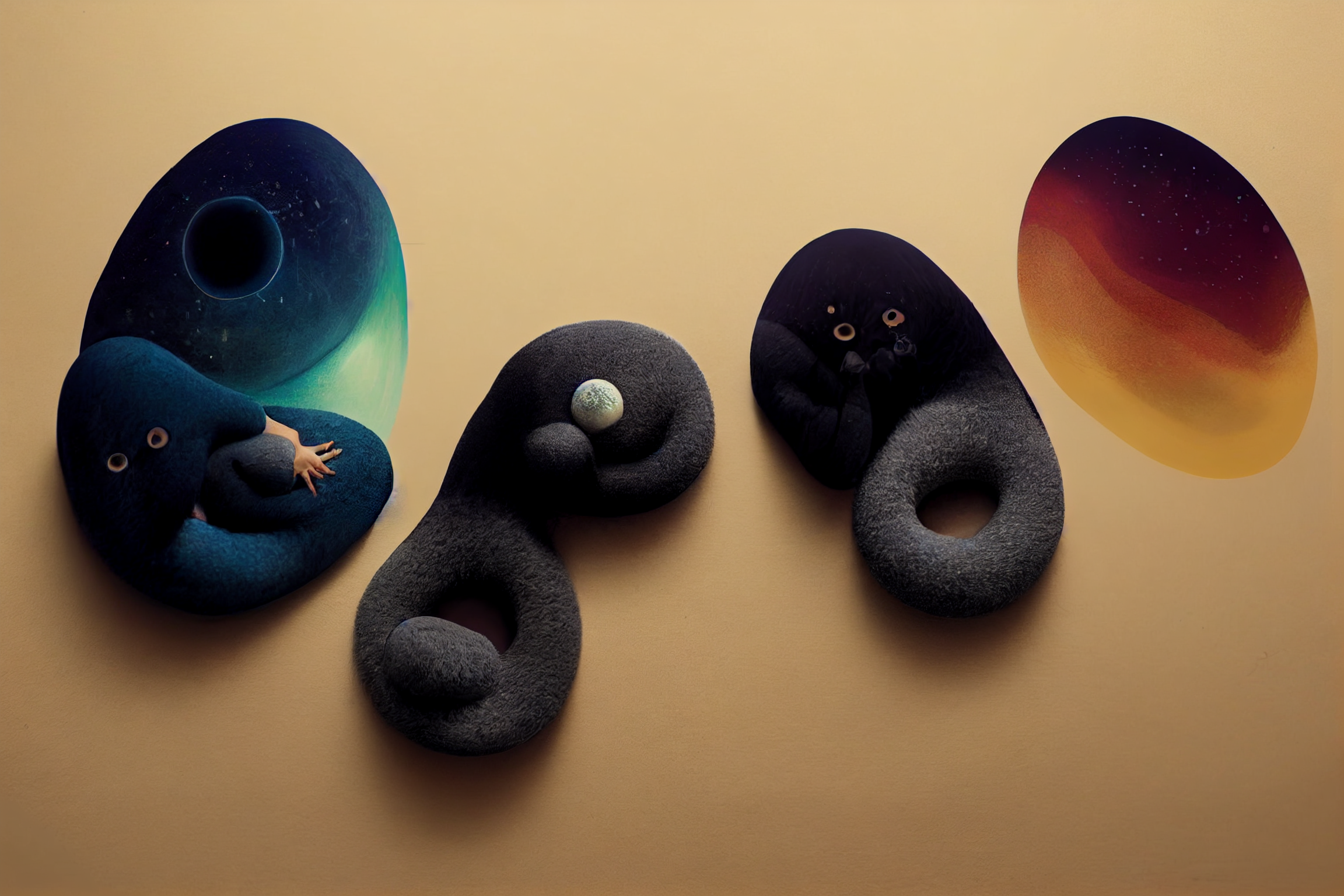Humans spend roughly one third of their lifetime sleeping. While sleep is an experience that all of us can relate to, it is something that is not always straightforward to define. The Cambridge dictionary defines sleep as “the resting state in which the body is not active and the mind is unconscious”. A behavioural definition would describe sleep as a “reversible state of disengagement from, and unresponsiveness to the environment”1. Sleep is a complex physiological process that plays a role in memory formation and consolidation, cognitive performance, immune function, endocrine function, cardiovascular health and mental health2.
While scientists have not yet settled on a specific explanation as to precisely why we sleep, we know that the impact of prolonged periods of insufficient sleep can have serious implications for a person’s physical and mental health.
In this post I will be covering a brief overview of what is currently understood to be normal sleep. Sleep is divided into two different states. They are rapid eye movement sleep, which is known as REM sleep, and non-rapid eye movement sleep, which is often abbreviated to NREM, or non-REM.
NREM sleep is further divided into three stages. They are:
Stage 1, also referred to as N1 sleep
Stage 2, also referred to as N2 sleep
Stage 3, also referred to as N3 sleep
Stage 3 sleep is also known as deep sleep, or slow wave sleep.
We can illustrate the different stages of sleep on a graph known as a hypnogram. If you have previously undergone a polysomnography (a sleep study) and viewed the report you might have seen your hypnogram. A hypnogram enables sleep medicine specialists to look at the time periods for different stages of sleep for the duration of the sleep study.
Here is an example of a hypnogram from a healthy young adult:

The horizontal axis (x-axis) represents time, measured in hours. The vertical axis (y-axis) represents the different stages of sleep. The higher we travel up the vertical axis, the lighter stage of sleep. For example, we have a state of wakefulness at the top of the vertical axis, and as we travel down the vertical axis, the stages of sleep gradually get deeper from REM sleep, stage 1 sleep, stage 2 sleep, and finally stage 3 sleep.
If we follow the hypnogram from left to right, we will notice that as time passes the person gradually descends from a state of wakefulness to deeper and deeper stages of sleep. Stage 1 of sleep is the lightest stage of sleep, and it can be considered a halfway house between a state of wakefulness and sleep. A person can be woken up easily from sleep if they are in stage 1 sleep. Stage 1 of sleep usually accounts for between 2% and 5% of total sleep time.
Stage 2 sleep is a deeper stage of sleep compared to stage 1, although it is still considered to be a light stage of sleep. Roughly 45% to 55% of total sleep time is spent in stage 2 sleep. While it is still possible to wake someone up from stage 2 sleep, a greater level of stimulus is required to do so compared to if you are waking someone up from stage 1 sleep. Stage 2 sleep tends to be the predominant stage of sleep in the second half of the night.
The next stage is stage 3, which is also known as slow-wave sleep, deep sleep and using the latest nomenclature, N3 sleep. Generally speaking, stage 3 sleep makes up between 10% and 15% of sleep, although this varies across a person’s life span. It can be difficult to wake someone up when they are in stage 3 sleep, and if a person is woken from stage 3 sleep, they may appear groggy, slightly confused and disorientated.
After spending some time in stage 3 sleep, a person will transition back up to stage 2 sleep, and will then progress to experience a period of REM (rapid eye movement) sleep. REM sleep is the stage of sleep which is associated with dreaming. REM sleep derives its name from the observation that whilst a person is in REM sleep, their eyes are rapidly moving whilst closed. Here is a video showing the eye movements of somebody in REM sleep. We can spend up to 20-25% of total sleep time in REM sleep.
At this point in the hypnogram, we have covered what is called a sleep cycle. A full sleep cycle lasts for roughly 90 minutes, and we can transition through around 5 sleep cycles during an average night.
The same person can have a slightly different hypnogram each night, and that is because no two nights are exactly the same. Also, the appearance of a person’s hypnogram can change across the lifespan, and this is because sleep changes as we age, and this is considered part of the normal ageing process.
References:
1. Principles and Practice of Sleep Medicine, sixth edition, Kryger, Roth and Dement
2. https://www.ncbi.nlm.nih.gov/books/NBK551680/










